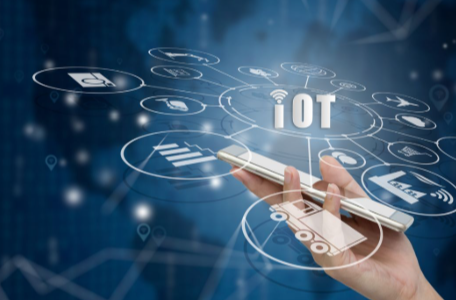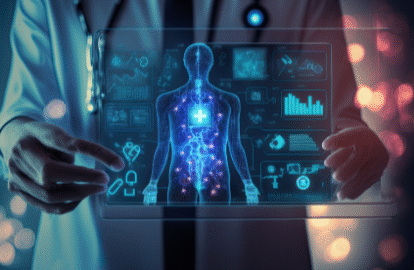The Internet of Things (IoT) represents a significant shift in how individuals engage with technology and their surroundings. By linking everyday devices, IoT enhances convenience and efficiency across various aspects of life. Smart home gadgets and wearables are just a glimpse into this transformative landscape. However, as these innovations flourish, they bring forth critical questions about privacy and security. The implications of this interconnectedness warrant closer examination. What challenges and opportunities lie ahead?
Understanding the Basics of IoT Technology
As the digital landscape evolves, understanding the basics of Internet of Things (IoT) technology becomes increasingly crucial for grasping its influence on daily life.
At its core, IoT architecture facilitates the interconnection of devices, enabling seamless communication.
Through data analytics, vast amounts of information are processed, empowering users to make informed decisions and enhancing the overall functionality and efficiency of smart environments.
Enhancing Daily Life Through Smart Home Devices
Smart home devices represent a significant application of IoT technology, transforming everyday living into a more convenient and efficient experience.
Devices like smart thermostats optimize energy use, allowing homeowners to manage temperature remotely, while automated lighting enhances ambiance and security.
Together, these innovations empower individuals to customize their environments, promoting comfort and efficiency, thereby enriching daily life with unprecedented control and convenience.
The Role of Wearables in Health and Fitness
How can wearables redefine personal health and fitness management?
By incorporating advanced fitness tracking and health monitoring capabilities, these devices empower individuals to take charge of their well-being. They provide real-time data on physical activity, heart rate, and sleep patterns, fostering informed lifestyle choices.
This seamless integration into daily life promotes a proactive approach to health, enhancing personal freedom and control over one’s fitness journey.
Read more: How Virtual Reality Is Changing Gaming and Entertainment
Addressing Privacy and Security Concerns in an IoT World
What measures can be implemented to safeguard personal data in an increasingly interconnected world?
Data encryption stands as a critical defense, ensuring that information remains accessible only to authorized users.
Furthermore, fostering a culture of user consent is essential; individuals should retain control over their data sharing preferences.
Together, these strategies can mitigate privacy and security concerns, empowering users within the expanding landscape of the Internet of Things.
Conclusion
In conclusion, the Internet of Things weaves a complex tapestry of interconnected devices that enrich daily life, much like a symphony harmonizes diverse instruments to create a cohesive melody. As smart home technology and wearables continue to evolve, they offer unprecedented convenience and insight. However, the increasing interdependence of these devices necessitates a vigilant approach to privacy and security, ensuring that the benefits of an automated lifestyle do not come at the expense of personal safety and data integrity.




 The Rise of Quantum Computing: What You Need to Know
The Rise of Quantum Computing: What You Need to Know